Mills for Minerals and Ores
11 comments
Hey dear Hive friends, first of all I would like to welcome you all to my new post and hope you were able to have one or the other positive experience! In this post, I would like to talk about history and hope you can expand your knowledge a little.
Today I have created some pictures of mills with the help of artificial intelligence and specifically I would like to discuss how mills have also been used to process minerals. In the past, I have already written something about the hammermills which were used a lot in the past and here you can see how the blackmsiths and mills have been merged and hammer mills were particularly often used to crush ores and if you want to learn more about them, you will find my contribution
. Another type of mills that was often associated with the weaponsmiths at that time is the so-called stone mill with which different types of stones such as marble or granite have been crushed and these have been brought into the form of a ball and this was particularly important for the production of ammunition such as cannonballs and also in the Middle Ages stone balls were of great importance as ammunition for catapults and also for the cannons on the high seas these stone balls were of great importance and over time the use of stones as ammunition was increasingly replaced by explosive ammunition. Stone mills produced balls made of stone also for other purposes and it was also of great importance in architecture for the production of building materials and for decorative purposes and there were also other areas of application and so it was also used for other commercial purposes and the principle of these mills was always very similar and the mill wheel was operated with the help of hydropower and ground the rocks into the shape of a ball in different sizes.Depending on the intended use, the balls were also polished and then picked up by traders for transport and it was also important that the mill had a location that was easily accessible for transport routes and of course it should be located near a river to use the hydropower. Of historical importance are also the ore and copper mills, which were particularly formative for mining and after the ore was mined, it was brought to the mill on transport routes and before the ores were melted at that time, it was important to process them for the first time and therefore they were crushed, sieved and of course washed and also this type of mills was mostly operated with hydropower and mostly the mills stood near mines so that the ore could be transported quickly. Often it was also known under the name stamp mill and it is considered one of the first mechanical tools in mining and through various steps of processing, the coarse and unusable ore was filtered out more and more and mostly many workers were employed there who were coordinated by a leader, but this technique had many disadvantages and often huge quantities of up to 70% of the precious ore were lost. Hydropower was also used in the so-called copper mills which, as the name suggests, were primarily responsible for the crushing of copper and it was particularly important for the production of brass and also the copper mills cooperated a lot with the blacksmiths at that time and are an important part in the history of metal processing and there were different types of copper mills and also here the hammer was often operated with the help of hydropower as already mentioned in the above linked article to improve the work.
Many thanks for taking the time to read through my post and I hope you like it and can learn something new about history!
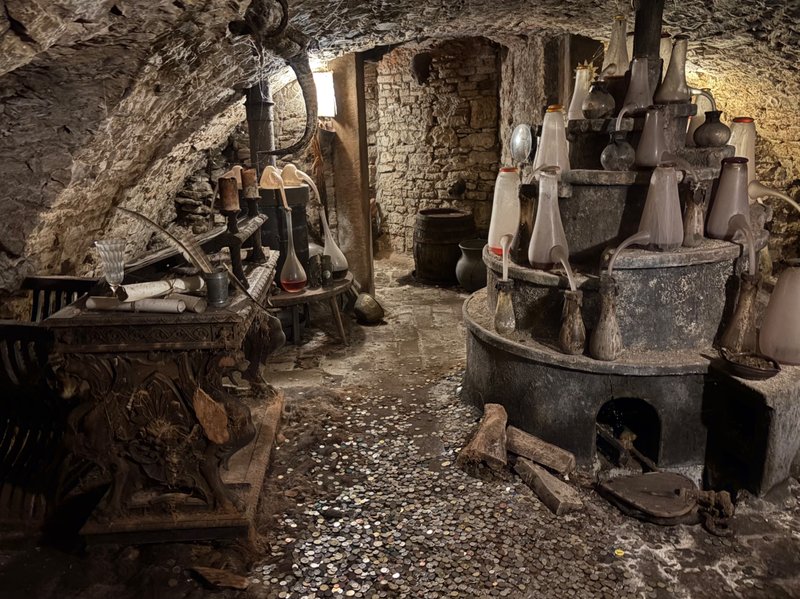


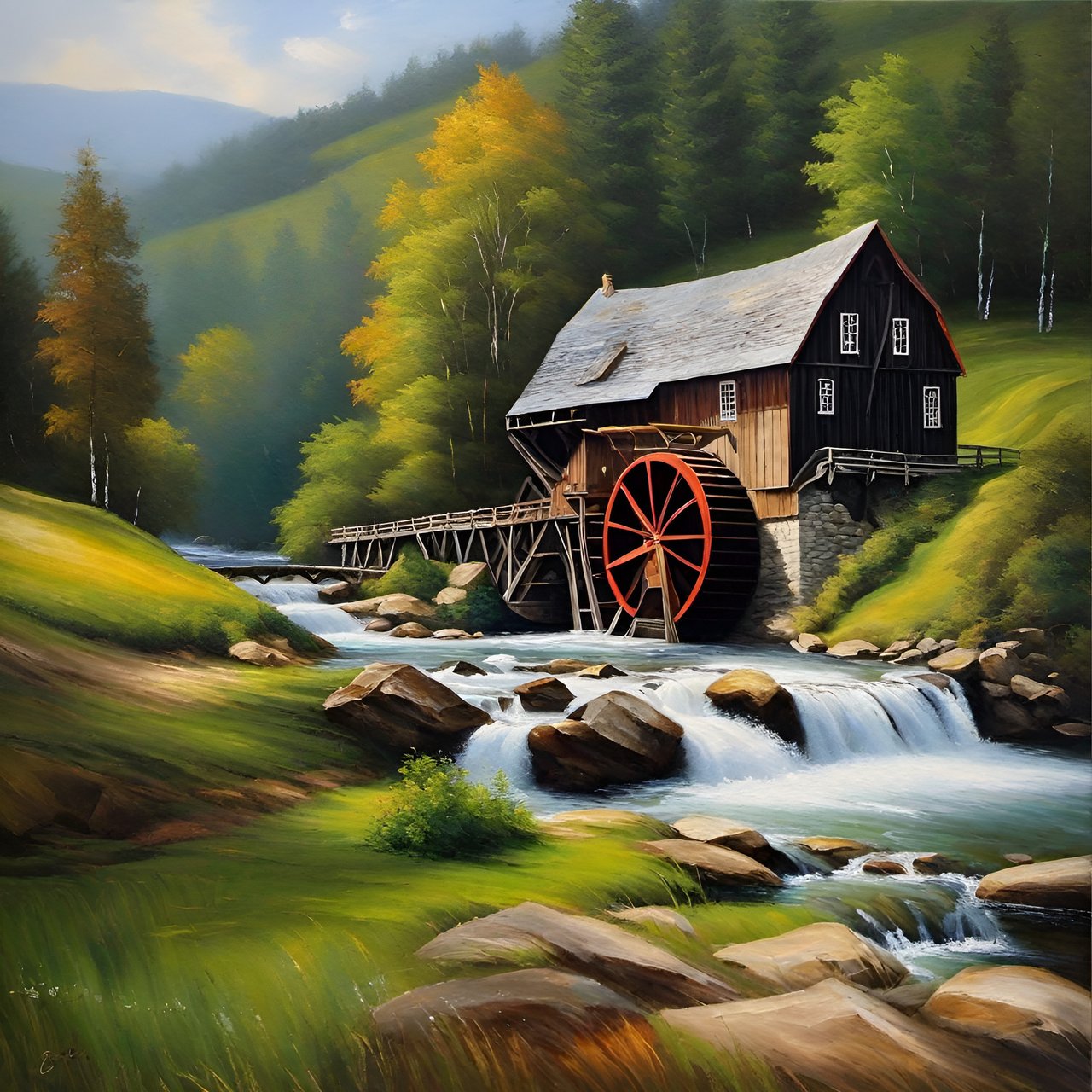
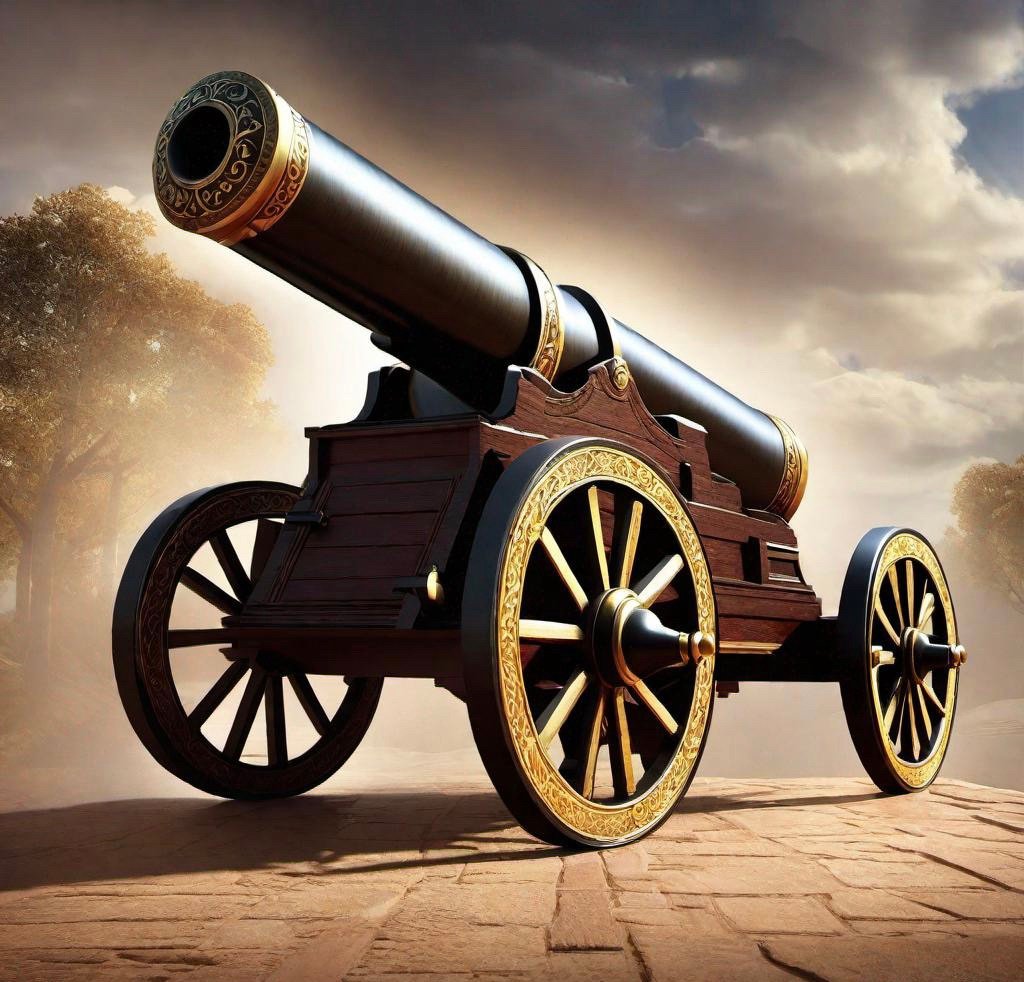
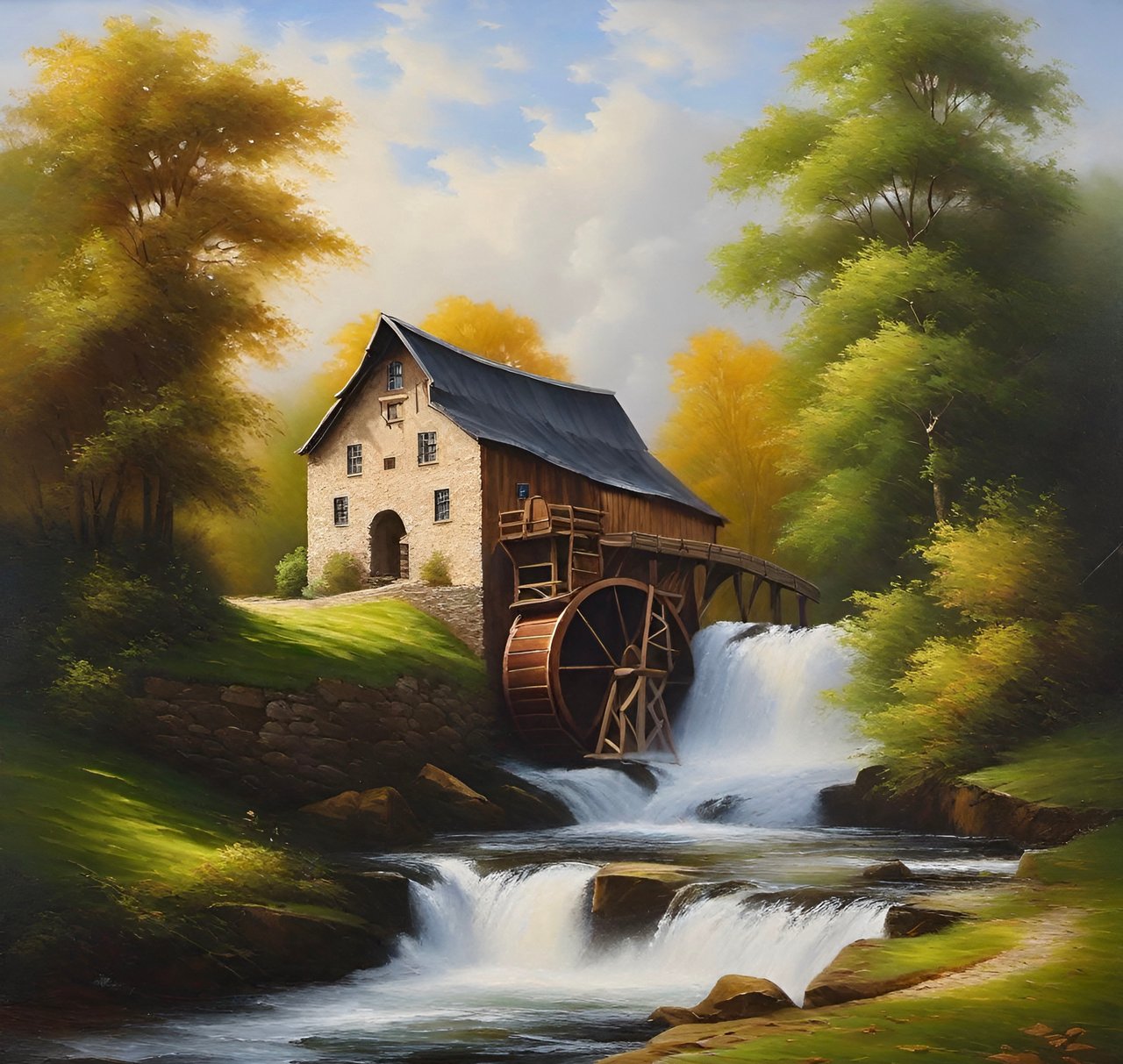
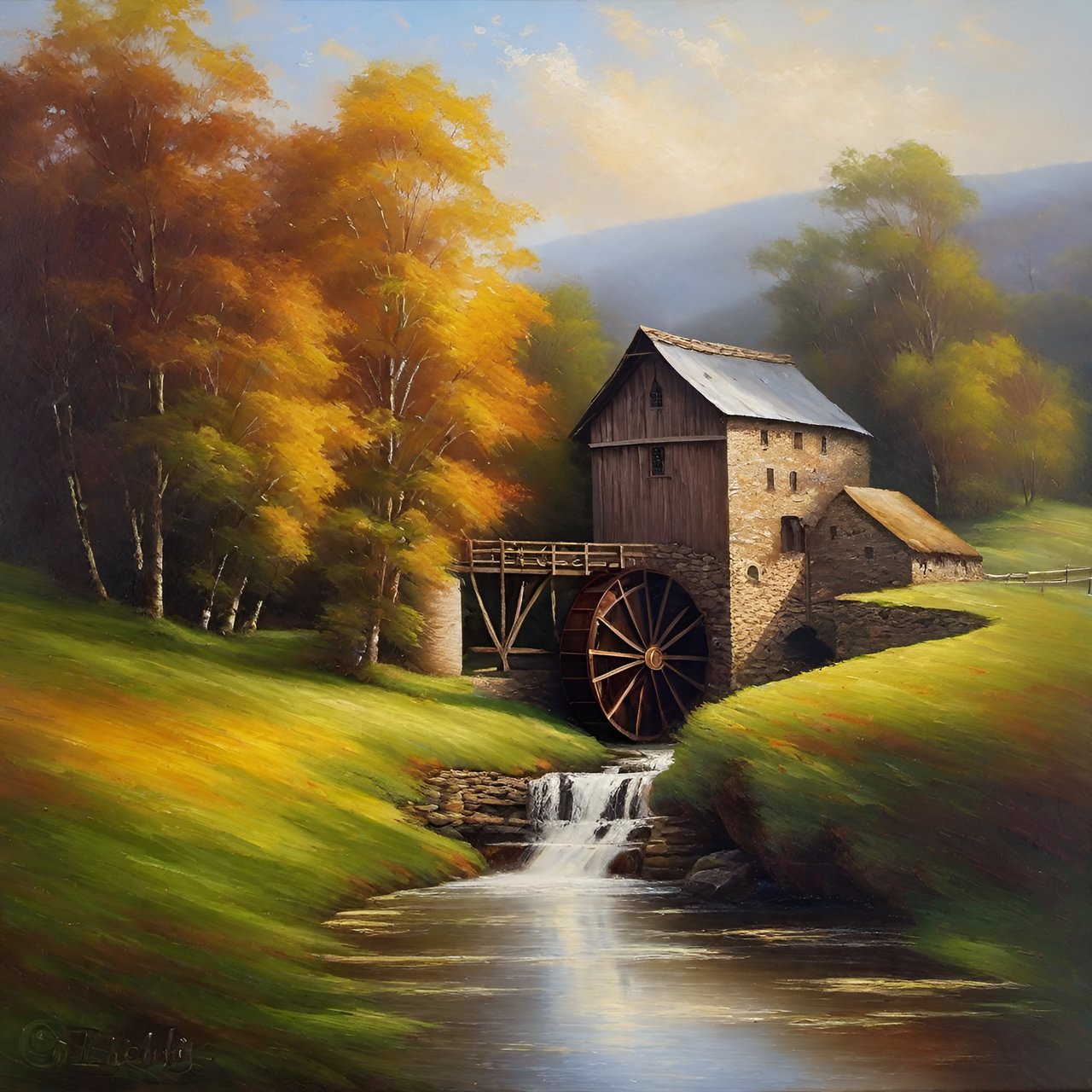

Comments